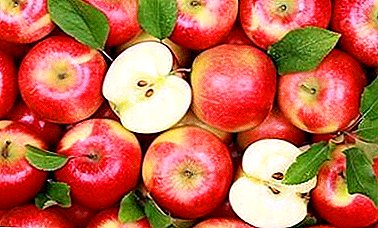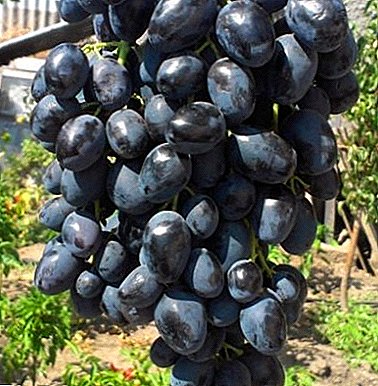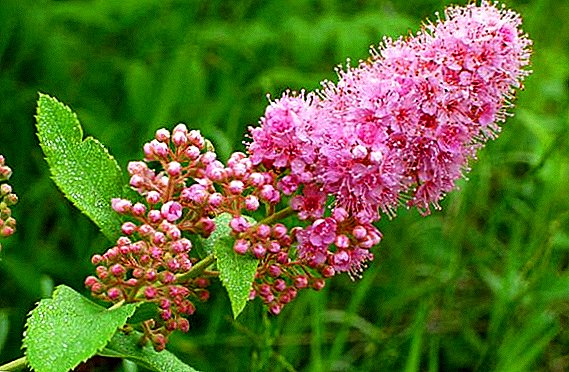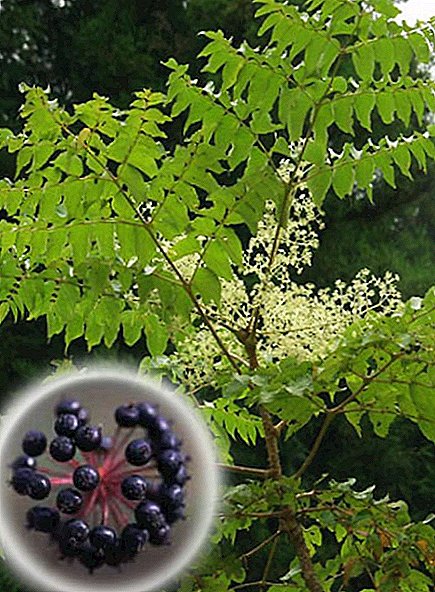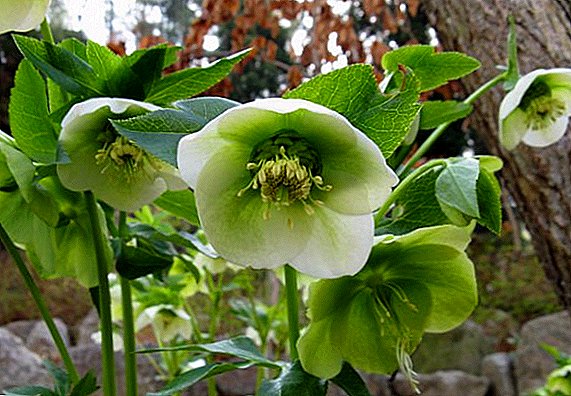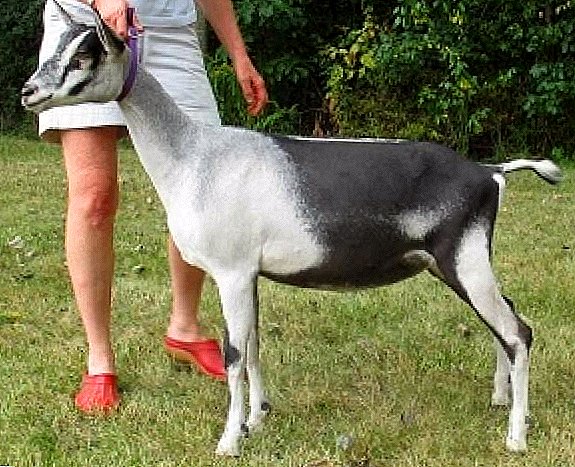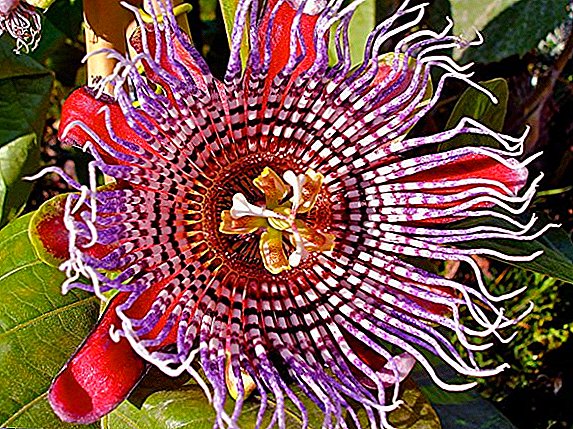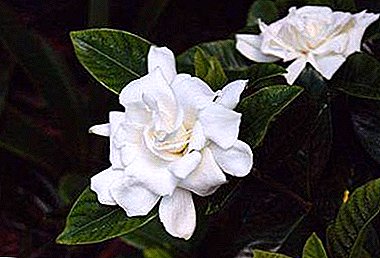
Gardenia (Gardenia) evergreen plant belongs to the madder family. "Cape Jasmine" is also called gardenia. Hailing beauty from the tropics, so care is required for her rather thorough.
The blossoming gardenia looks absolutely delightful and possesses pleasant, strong aroma. During flowering, it resembles a rose.
To preserve such a fragile and at the same time astounding beauty, it is necessary to know the nuances of the flowering process and the rules for caring for an ornamental plant.
Color description
A distinctive feature of gardenia, making it one of the favorites for florists, are snow-white or pale pink flowers, externally, for the most part, resembling roses or having the shape of a six-pointed star with petal-shaped curved blades. Terry inflorescences and single flowers densely cover the stems. Depending on the variety, the diameter of the flowers can vary from two to ten centimeters..
Gardenia inflorescences exude a unique fragrance.
When and how many buds bloom?
Gardenia blooms from May to August. Flowering can last up to six months, but it depends on the size of the bush and the number of buds formed, which bloom alternately. In rare cases, it may re-bloom in deep autumn.
The necessary conditions
- In a room where gardenia is contained, there should not be sudden temperature drops.
- The soil for growing gardenia and its active flowering should be acidic.
- You need to place the flower in a well-lit place, but not in direct sunlight.
- At the stage of bud formation it is impossible to unfold a flower relative to the light source and transfer it from place to place.
Care rules
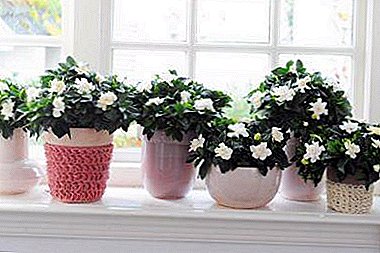 The long and abundant flowering of gardenia directly depends on whether it has enough light. The plant requires good lighting almost around the clock. There is a sufficient amount of light on the southern window-sill, but too bright rays can injure a delicate flower. The northern sill is not suitable for her, there is too little light. Therefore, the best option for placement is the east or west side.
The long and abundant flowering of gardenia directly depends on whether it has enough light. The plant requires good lighting almost around the clock. There is a sufficient amount of light on the southern window-sill, but too bright rays can injure a delicate flower. The northern sill is not suitable for her, there is too little light. Therefore, the best option for placement is the east or west side.- Winter temperature for gardenia should be different from the summer. For abundant flowering and development in summer, the flower needs a temperature of +22 degrees, and in the winter months, when there is an active bookmark of buds for subsequent flowering, the temperature should be maintained within +16 +21 degrees. High winter temperatures will slow down life processes in the plant.
- For the successful flowering of gardenia, it is important to observe the mode of watering. During the period of active growth they should be abundant, but as the soil dries out. In autumn and spring, watering is necessary 2-3 days after the soil dries. In winter, watering is minimized. For the procedure you need to use warm distilled water. Given that acidic soil is needed for proper growth of gardenia, a couple of drops of lemon juice per liter of liquid can be added to the sprinkling water.
- Maintaining moisture for a tropical shrub is very important. At the budding stage, the plant needs to be sprayed every day, after disclosing the flowers, spraying is stopped so that the water does not fall on the delicate petals, but at the same time it is necessary to place a container with water next to the plant.
- Making supplements will have a very positive effect on the state of the garden in general, and its ability to bloom in particular. For fertilizer suitable complex compositions for flowering houseplants.
- Transplantation should be carried out in a timely manner, but very carefully, preferably by transshipment method. The root system of the plant is very delicate.
- For successful flowering evergreen shrubs require periodic pruning, thinning the thickened foliage, and relieve the plant from dried flowers and weak shoots.
Does not bloom
Why?
- Not enough sour soil.
- Hard water for irrigation.
- Lack of trace elements.
- Regular waterlogging of the substrate.
- Temperature changes.
- Dry air.
- Pest damage.
- Mechanical damage to the buds.
What to do?
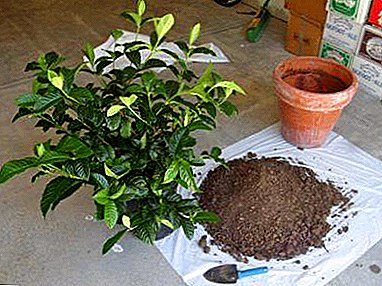 Gardenia needs to be planted in store soil specially prepared for it, you can also buy ready-made mixes for lemons or roses. It is necessary to add 1/3 of river sand to the soil for good aeration. It is possible to acidify the soil in the course of watering, once a month adding lemon juice to liquid.
Gardenia needs to be planted in store soil specially prepared for it, you can also buy ready-made mixes for lemons or roses. It is necessary to add 1/3 of river sand to the soil for good aeration. It is possible to acidify the soil in the course of watering, once a month adding lemon juice to liquid.- To soften the water, you can use a special softener, or prepare a concentrate of oxalic acid, adding 50 grams of acid per liter of water. The resulting concentrate is added to water in proportions of one teaspoon per liter of irrigation water.
- Fertilizers stimulate flowering. It is necessary to choose those that contain a lot of potassium and no more than 3-4% of phosphorus.
- We must not allow the ground to be wet all the time, the surface of the earth should dry out. If the overflow is too pronounced and in addition to dropping flowers, the plant began to rot, you need to immediately transplant it into a new substrate.
- He does not like sharp fluctuations in the temperature regime. You should not put it on the windowsill at the open window or on the balcony. Winter temperature should not be below +15.
- The plant must be periodically washed in the shower, sprayed with air and placed next to the flower container with water.
- Most often, gardenia is exposed to attacks of white aphids and spider mites. Aphids enter the room, as a rule, together with a flower brought back from the store, and the spider mite infects the plant, which turns out to be in dry air and at too high a temperature. As a result of insect life, the development of gardenia stops, including flowering stops, if the lesion becomes widespread, the plant may die.
To solve the problem, they are treated with systemic insecticides.
- If the gardenia in the pot has fallen, or someone has inadvertently touched the buds and they have disappeared, the plant will not bloom. Tropical beauty is considered to be quite a gentle representative of the flora, she perceives any outside influence as severe stress.
Turning out indoors, gardenia becomes a decoration of any interior, creating an atmosphere of sophistication and grace. Compliance with simple recommendations on the content will allow the plant to bloom in full force, pleasing the owner with stunning decorativeness.


 The long and abundant flowering of gardenia directly depends on whether it has enough light. The plant requires good lighting almost around the clock. There is a sufficient amount of light on the southern window-sill, but too bright rays can injure a delicate flower. The northern sill is not suitable for her, there is too little light. Therefore, the best option for placement is the east or west side.
The long and abundant flowering of gardenia directly depends on whether it has enough light. The plant requires good lighting almost around the clock. There is a sufficient amount of light on the southern window-sill, but too bright rays can injure a delicate flower. The northern sill is not suitable for her, there is too little light. Therefore, the best option for placement is the east or west side. Gardenia needs to be planted in store soil specially prepared for it, you can also buy ready-made mixes for lemons or roses. It is necessary to add 1/3 of river sand to the soil for good aeration. It is possible to acidify the soil in the course of watering, once a month adding lemon juice to liquid.
Gardenia needs to be planted in store soil specially prepared for it, you can also buy ready-made mixes for lemons or roses. It is necessary to add 1/3 of river sand to the soil for good aeration. It is possible to acidify the soil in the course of watering, once a month adding lemon juice to liquid.